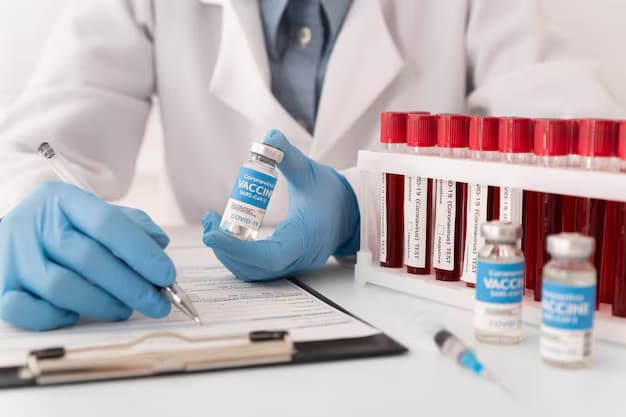Navigating the Drug Approval Maze: How the FDA Ensures Medication Safety
From lab to market, the journey of each drug we use is complex and critically controlled. Various checkpoints are implemented during the drug development and approval process to ensure that it meets the standards of the FDA, SFDA registration, and other regulatory authorities as per the region of development. Let’s get through the intricate maze of the drug approval process by the FDA to dive into the integrity of the FDA’s drug review process.

Breaking down the FDA’s Drug Review Process
In the FDA’s drug review process, here are the major steps which are carried out under the supervision of the FDA to get approval to proceed to the next level and eventually gain the legal permit to manufacture and market the drug.
- Pre-Clinical Testing
In the pre-clinical trials, researchers test the drug on different animal species to determine the safety and efficacy of the drug. Although the FDA is not directly involved in this process, the outcomes have to be submitted to the FDA in the next step. Moreover, the FDA expects the researchers to stick to Good Laboratory Practices (GLPs) and ethical standards to maintain the credibility of researchers.
- IND Application Submission
After the successful preclinical trials, the drug’s sponsors submit the Investigational New Drug (IND) application to the Food and Drug Administration (FDA). Here the FDA reviews the pre-clinical trial results and the study design for the clinical trials. The FDA decides to give the clinical trial approval to the sponsors based on the submitted data.
- Clinical Trials
In this step, the study drug undergoes the following 3 phases of the clinical trial for the specific purpose.
Phase 1: efficacy testing on 20 to 80 healthy individuals
Phase 2: efficacy and safety assessment on 100 to 300 individuals
Phase 3: efficacy and safety assessment on a large scale on 300 to 3000 individuals
- NDA Submission
If the results of clinical trials come out to be favorable to the drugs’ claim, the drug sponsors submit the New Drug Application to the FDA for reviewing the clinical trial results and passing the drug for mass manufacturing and public use. However, if the subject is a biological product like vaccines, the sponsors submit a Biologics Licence Application (BLA) instead of an NDA.
- Drug Label Review
The drug label must have sufficient information for healthcare professionals and consumers to ensure ethical drug use. The FDA requires the manufacturers to include the following information on the drug label which is reviewed before drug approval.
- Brand Name and Generic Name
- Inactive Ingredients
- Dosage Form and Strength
- Indications and Usage
- Dosage and Administration
- Drug Interactions
- Storage Instructions
- Manufacturer Information
- Lot Number and Expiration Date
- Warnings and Precautions
- Contraindications
- Side Effects
- FDA Approval Statement (if applicable)
- Drug Approval
After carefully monitoring and analyzing the data from the above steps of the review process, the FDA creates their report regarding the new drug. The FDA approves the drugs which meet the quality standards and their claim is supported by the strong evidence from the pre-clinical and clinical trials. If any drug fails to meet the standards at any step, the process is aborted immediately.
- Post-Market Surveillance
The duty of the FDA does not end with the drug approval. In contrast, it continues to verify the safety of the drug even after its marketing. The data is continuously collected and analyzed from healthcare centers and the public. If any drug fails in the market and continues to cause adverse effects, the FDA calls for “Drug Withdrawal” and the public is informed about the rising concerns.
The Verdict
The Food and Drug Administration (FDA) is involved in rigorous evaluation and monitoring of drug development, manufacturing, and post-marketing assessments. All of the above steps ensure a foolproof drug development and testing process before it makes its way to the pharmacies for public use.
